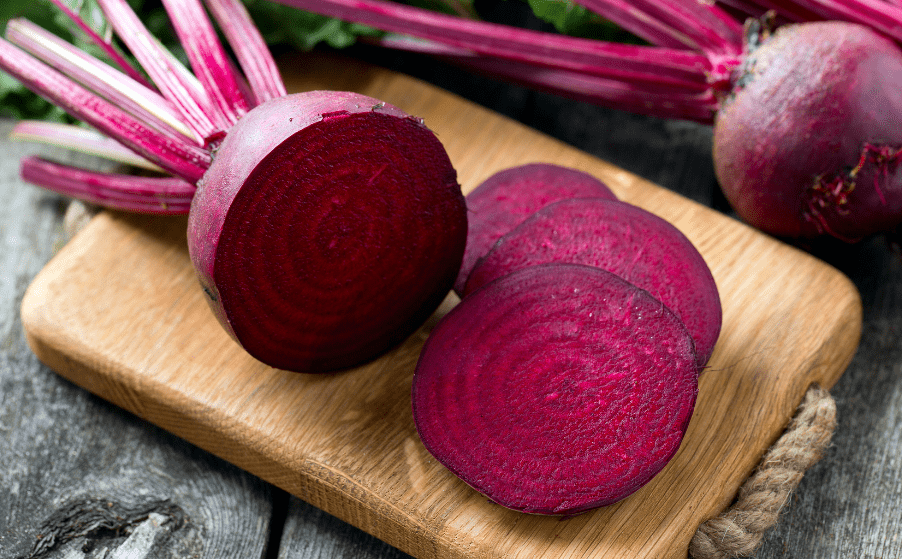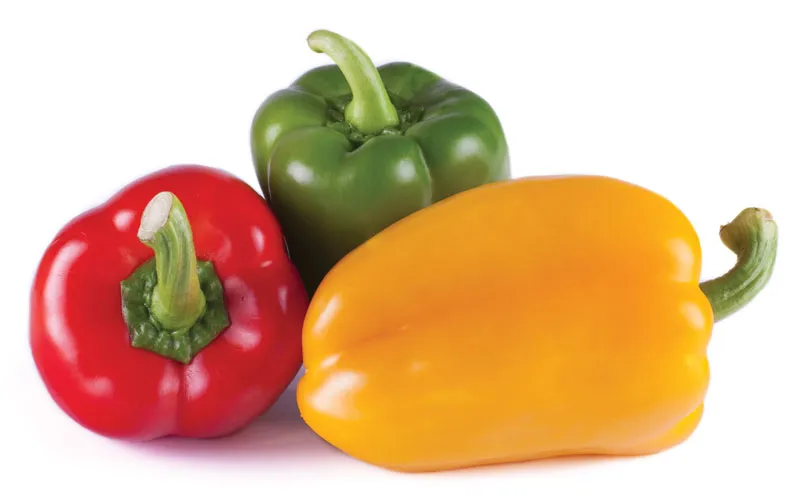
Description
The major root of the seedling and the base of the young stem just above it are thickened, and this thickening creates the turnip root. During the first year, the stem is short and contains a rosette-like cluster of leaves at the top of the root. A sturdy, tall, branched stem with somewhat glaucous (having a waxy coating), smooth leaves develops from the centre rosette bud if allowed to grow for a second season.
Varieties
Typically, “Alltop” is bred for its greens. After the greens are picked, this cultivar, which grows quickly (in 35 days), will soon sprout new leaves.
Small, sweet golden bulbs from the ‘Golden Ball’ variety with a subtle almond flavor. In 60 days it becomes mature.
Because it grows so well, the variety known as “Purple Top White Globe” is the most widely used. In 55 days it becomes mature.
Scarlet Queen is white on the inside and has a brilliant red exterior. In 45 days it becomes mature.
Although the root is equally tasty, “Shogoin” is typically grown for its broad, mild greens. In 45 days it becomes mature.
The AAS winner “Tokyo Cross” is very uniform, quick-growing, and slow to become witty. In just 35 days, it becomes mature.

Uses
Leaves of young turnip can be cooked and served, and the young roots can be eaten raw in pickled or salad. The roots are often used in stews and cooked, served whole or mashed.
Nutrition
Boiling the green turnip top leaves releases 20 kilocalories of food energy per reference serving of 100 g, which is primarily composed of water, 4% carbs, 1% protein, and very little fat. Significant lutein is present in boiled turnip greens.
Turnip root that has been boiled provides 92 kJ in a 100-gram reference amount, with only a small amount of vitamin C. Turnips that have been boiled have little to no other micronutrients. Turnips that have been boiled contain 94% water, 5% carbs, 1% protein, and very little fat.
Cultivation
Turnips prefer a sunny location and thrive in cold, fertile, moisture-retentive soil. For harvesting as miniature vegetables, you can alternatively plant them in sizable containers. For consistent harvests free of gluts, sow in tiny batches every few weeks from spring through late summer.
Table





